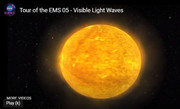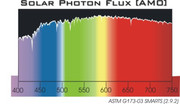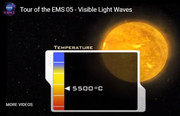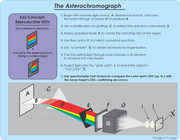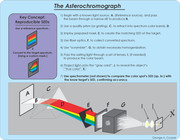This discussion seems to be dancing around the definition of "white" light without really saying that it is a function of the spectral sensitivity of the cells in our eyes and our brains much more than the spectrum of the light emitted from the source.
Indeed, color is the product of spectral emissions and spectral eye sensitivity. There is some variation in eye sensitivity. With illumination, of course, the spectral properties of the material and even their size will alter what is reflected. Some birds, for instance, will appear blue because they have tiny particles that force blue light to be scattered (Rayleigh scattering). So, three variables are included in any reflecting color determination.
So long as there are wavelengths that stimulate the light sensing cells in our eyes, our brains will try to differentiate differences in the areas that have different spectral distributions as well as different intensities, and perceive them as differences from the average.
Yes and the lighting industry takes advantage of this by making more economical light bulbs that don't attempt to emit the entire spectrum but only that which is necessary to give us a white result.
Stars, of course, by definition will always emit light close to that of a blackbody.
Some people lack one or more of the 3 different cell types that have different peaks in their spectral sensitivities. We call such people "color blind", and subdivide them into groups like "red-green" when they cannot distinguish between those 2 colors. But, without them being tested to determine that they cannot see the difference between 2 colors, they think that they see "white" light just like anybody else. Fundamentally, they have a different definition of white that is based on the range of what they can perceive.
Right, and this seems to be understood so that we can argue that color is far more objective than subjective, especially with the vast majority of people.
Similarly, all of us are blind to infrared and ultraviolet light frequencies, not to mention microwaves and gamma rays, all of which are still electromagnetic radiation. But, if there is life around other stars with much different spectra for their light emissions, we should expect each life form to "see" some main portion of the spectrum of their stars emissions, as filtered by their environment, as "white", because it is the differences from that "color" that provides useful cues to the situations around them.
Agreed, but it's not a requirement due to the passive nature of natural selection, IMO. Snakes and other animals take advantage of the daylight beholders, and white tail deer see quite well in the near UV. Perhaps white tails may even improve in their UV vision as those that have better UV vision will more often notice hunters climbing in their deer blind (as I often have) when it is "dark" near astronomical sunrise, but not dark to the deer due to their ability to see the strong UV scattering in the atmosphere.
For scientific purposes, an objective description of the color of a star can be based on its spectrum measured in light wave lengths and compared to the spectrum of wavelengths predicted to come from a "black body" (perfect emitter) of a particular temperature.
Well... when this has been done, using computer models, one result (Boulder, CO) is "peachy pink", though I think they called it
pinkish peach.
One problem, perhaps, is that stars are only close to blackbody emitters. The Sun for instance would have a peak wavelength in the light green (495.34nm using 5850K, or 501.6nm using 5777K).
But the actual peak is in the 470's nm. One data set shows it at 480nm. But the peak is always in the blue, not green, and certainly not yellow.
But, of course, we don't see it as a somewhat saturated blue star because of the points you make about spectral sensitivity across the spectrum. Seeing all these colors must be accounted for in determining the net color observed.
I've heard people, who should know better, say the Sun is whiter because it emits all the colors of the rainbow. But how dumb is that when we know that all stars emit all the colors of the rainbow. They aren't dumb, of course, but lazy on this topic.
The star color we see is, once again per your statement, requires not only what colors we observe but their relative intensity to one another. The flavor of cookie is not just what goes into it but how much of each ingredient.
Stars, especially ones like the Sun, are better understood (for color) when using a photon flux distribution compared to an energy distribution. Here (below) is what that looks like for the Sun. This is the conversion of a sp. irr. distribution taken from space (no atmospheric extinctions).
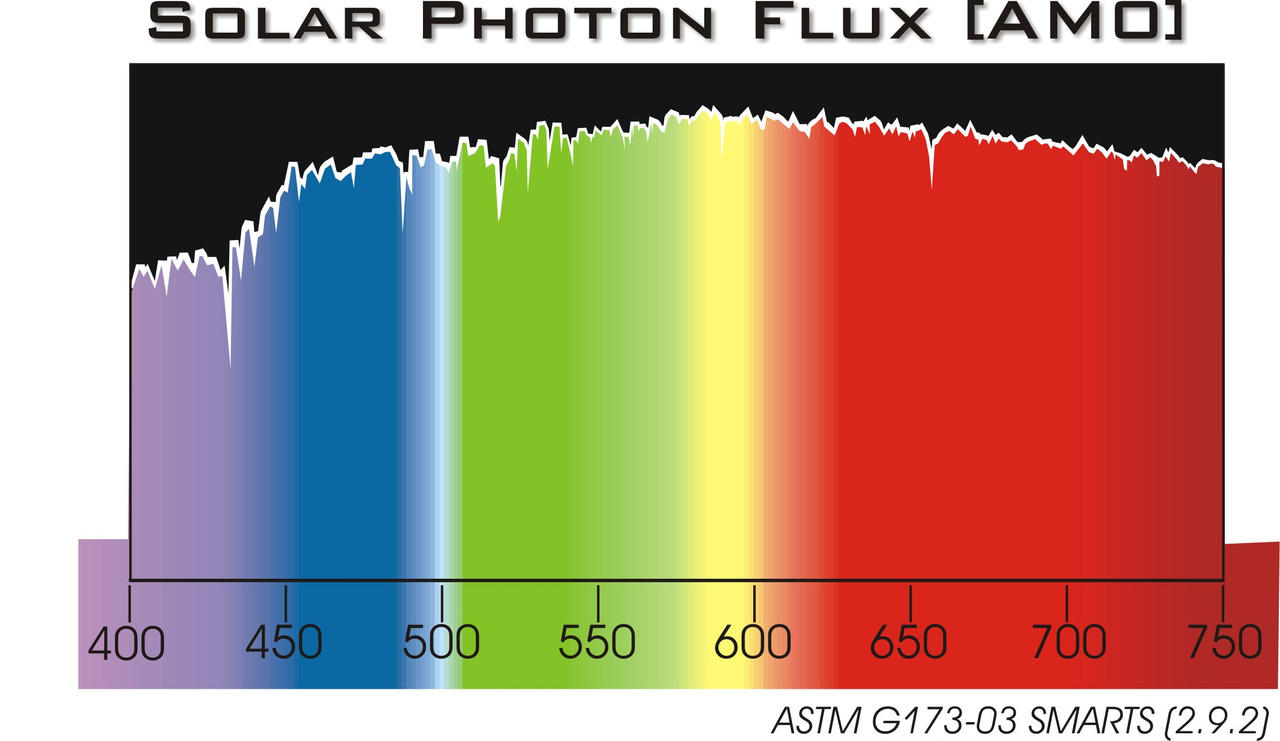
Such even distribution argues strongly for a white result, certainly not a yellow color result.
But, then again, language tends to get confusing for the general population. They may well wonder why we call something shining like mad a "black body" while also calling something that cannot emit any light a "black hole".
Agreed, and since they aren't really blackbodies, then all the more reason not to use this term except when deeper science is desired.

Our language is not only unconcise, it isn't even really consistent.
Yep, and too often my language gets in the way of what I'm saying.


